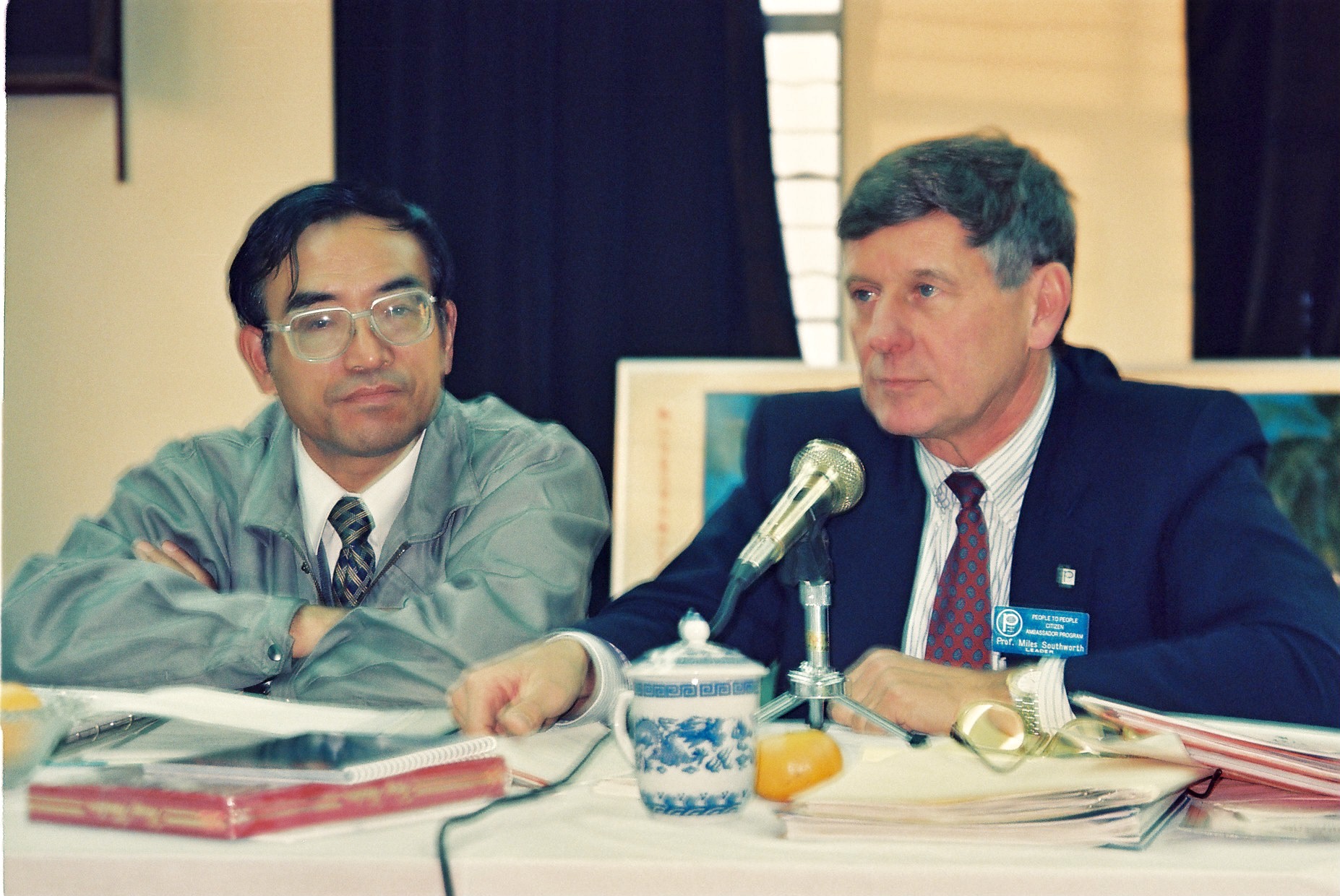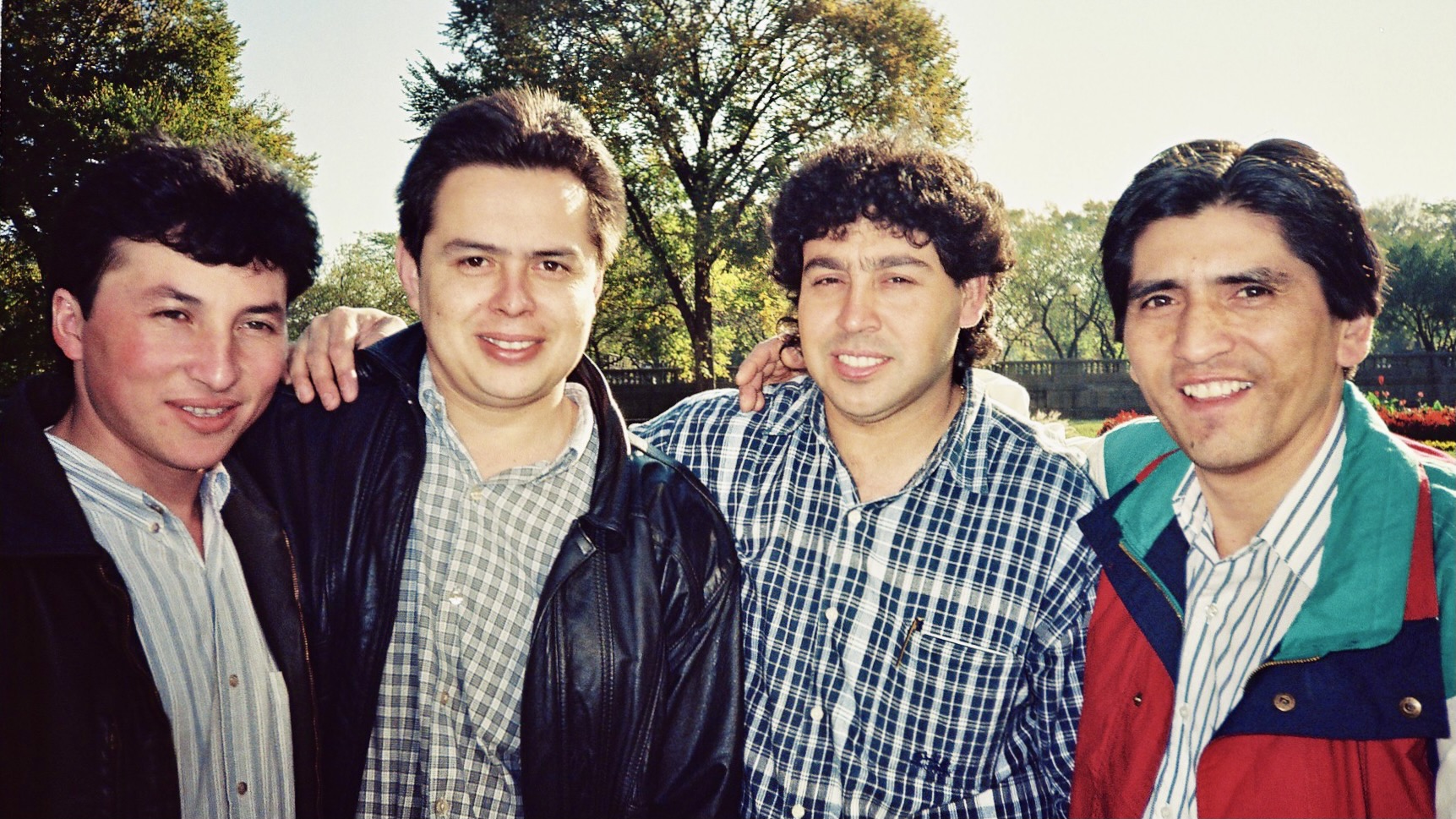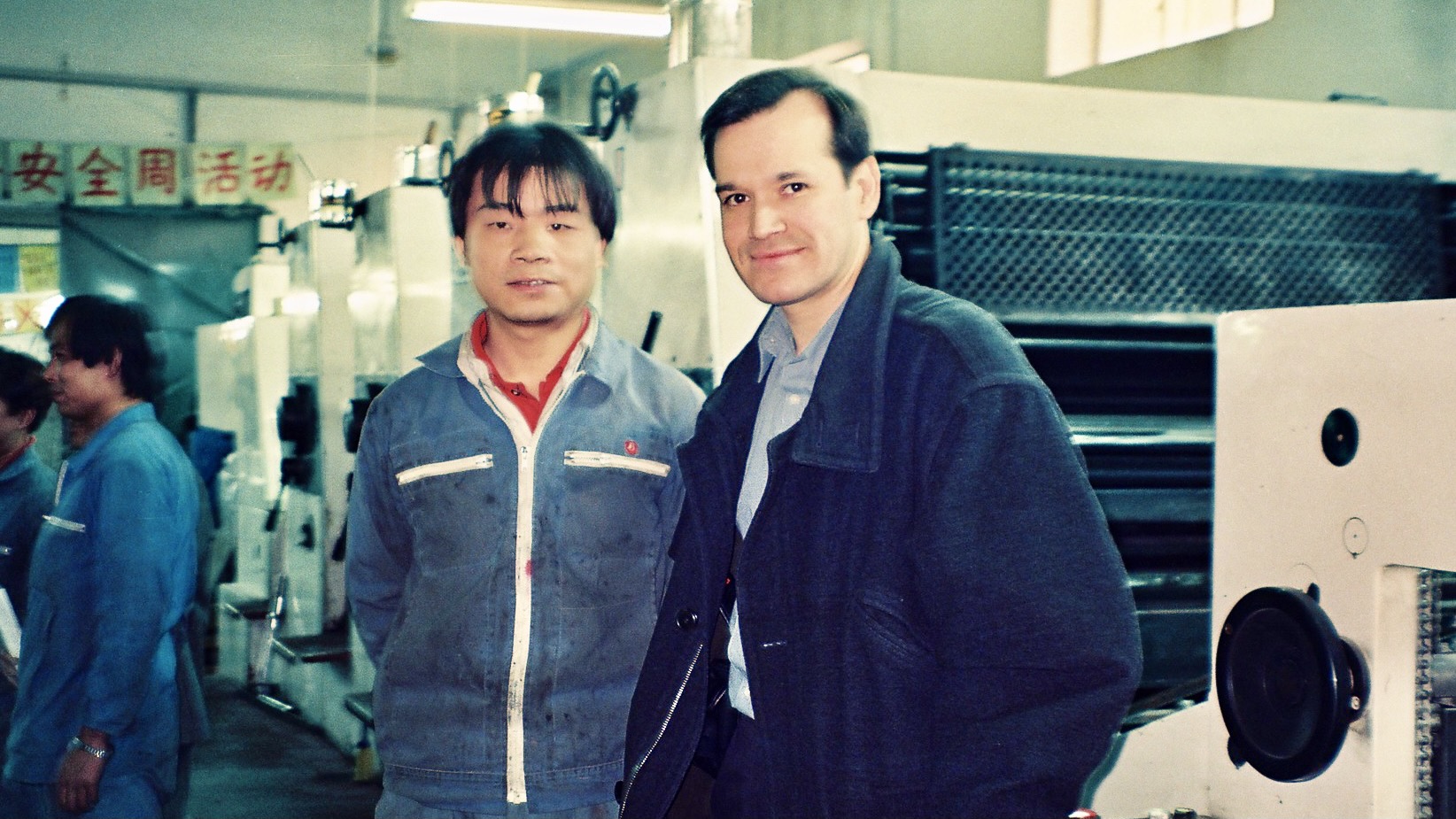The coronavirus pandemic has hit the business world at an unprecedented scale and speed causing a global manufacturing disruption to industries and their supply networks. The current situation has reminded corporate and decision-makers that there is an urgent need to develop new business strategies in their future supply chain designs in many industry sectors.
In the Graphic Arts Industry, it is essential to review and update current process management objectives, emphasizing planning and execution, with accurate measurement and controls to align logistics of raw materials to manufacturing processes steps, particularly in packaging manufacturing.
KPIs for the future supply value chain.
Analysts suggest that the KPIs to be considered for future supply value chain designs will likely contain cost, quality and delivery, and new performance measures, including resilience, responsiveness, and reconfigurability, otherwise known as the 3Rs.
The current situation has forced management teams to analyze the value stream and understand and identify sources of waste and savings opportunities.
Cost reduction has become central to process management for product manufacturing and services. The value stream touches raw material storage, just-in-time delivery from third parties, warehousing, logistics, finished product storage, fulfillment services, product life cycles, and recycling processes. Transportation is an area where much of the savings will invigorate the manufacturing operations.
'Seek knowledge even if you have to go as far as China.'
It is an expression used by people in the Muslim world. These days' Made in China are the most manufactured products we use and enjoy, from computers and mobile devices, from clothing to consumer goods.
Among other manufactured products in Europe, North America and Mexico, many automotive industries are dependent on strategic well-organized supply lines from China for electronic components, computer boards, and parts. This situation has become more evident with the world pandemic. This relationship between China and western countries took years to build and establish.
The coronavirus pandemic sparked the massive manufacturing organizational transformation in the world. The USA's enormous investment in infrastructure to stimulate the economy during the current economic recession is comparable to the challenges the Chinese leadership faced in the mid-seventies when their industrial development got started.
The world's factory a source of inspiration
Two years after Mao Zedong's death, 1978 became the decisive turning point in China's political, economic, and social development. At the Central Committee CCP, the party's highest authority body, Deng Xiaoping, shared his vision for China's economic prosperity. He stated, 'seek the truth in the facts, so we look to the future together.' He presented his plan to make China 'a modern and powerful socialist state.' Deng Xiaoping also made it clear that pragmatism should never call into question the political leadership of the Chinese Communist Party.
Deng Xiaoping pushed for new decision-making processes, known as collective leadership. On that occasion, Zhou Enlai's concept of 'Four Modernizations,' for China's development presented in 1964, was revived and set in motion. Four Modernizations Program proposed a 15-year 'transition phase' to modernize agriculture, industry, science and technology, and national defence.
Deng Xiaoping's vision for China remains strong.
He was a towering figure who ended decades of China's isolation and built an economic powerhouse attributed to being the 'Architect of Modern China' for the series of far-reaching market-economy reforms. He establishes a socialist-market economy between socialist State planning and free enterprises.
Lean journey
The challenges presented by the world pandemic are an opportunity to review current manufacturing practices and study industry leaders' success. Our positive learning experiences are building blocks. Every mentor provides a unique perspective that helps develop our thinking process and challenge the status quo to make things better and more efficient.
My Lean journey began in the early 90s, inspired by Prof. Miles Southworth's writings .
.
I realized that it was a framework within the process management system with tools to enable process control and continuous improvement focused on waste reduction and productivity. Lean strategies focused on the printing and packaging manufacturing industry have been my principal interest.
To apply a more rigorous improvement framework, Six Sigma introduces advanced statistical tools to pursue higher quality. But for promoting long-term sustainable and effective, and practical continuous improvement, in my experience, Lean is at the forefront of management strategies.
Reaching process excellence in packaging manufacturing.
In the mid-90s, at Vera & Giannini, industry leader and the largest packaging manufacturing plant in Santiago, Chile, with a turnover of nearly USD 30 million a year, I promoted these lean manufacturing strategies reaching productivity levels comparable or superior packaging companies in the USA and Europe.
Conlatingraph awarded Mr. Luis Vera Giannini, the owner, 1995 Man of the Year for industry excellence.
The secret of reaching and sustain Operational Excellence?
These are some of the steps that proved to be effective in reaching Operation Excellence. With mindful and careful production planning at Vera and Giannini, we managed to reduce the production cycles and work in progress, improve quality, practically eliminate rework, and reduced material waste from double to a single figure within six months. I promoted the team effort with all production team members who worked like independent silos to lay out the most efficient daily and weekly production plans.
We changed the focus from a push to pull production process and reduced the stored inventory of finished products. To change from just in case thinking was not easy. Traditionally, some products had a long life cycle. But consumer market is very dynamic, and often inventory storage in packaging hurts when the product life cycle ends soon than anyone anticipated.
The early morning short production meeting was a departure from the traditional work style and was adopted quickly by supervisors. We organized production plans A, B, and C in case of technical issues, and that introduced the flexibility to keep things in motion.
This efficiency milestone resulted from combining effective operators' training and empowerment to problem-solving and a proactive and planned equipment preventive maintenance program in the initial phase.
These improvements and productivity records achieved didn't involve speeding up printing and die-cutting equipment. They focused on enhancing workflow. Improve make-ready procedures, organized just in time raw materials delivery to the production lines, colour management, and strategies for accurate colour matching to avoid colour adjustments on press.
There is no secret to sustaining operational excellence. When I look back, I can say with certainty that the accomplishments resulted from staff training focused on the process, discipline, empowerment on self-reliance, and constant motivational strategies supported by strong leadership.
For instance, participation in preventive maintenance sessions on weekends was voluntary yet rewarded at the end of the initial phase of the improvement program.

The top four workers with perfect attendance and no lateness participated in all weekend preventive maintenance sessions attend the 1995 Graph Expo held at McCormick Place in Chicago.
 The trip was compensation for a magnificent effort to bring productivity to the highest levels ever experienced by the company—an opportunity to meet the Komori Senior Management and technical team members. A unique opportunity to look closely at the latest technologies showcased at that event.
The trip was compensation for a magnificent effort to bring productivity to the highest levels ever experienced by the company—an opportunity to meet the Komori Senior Management and technical team members. A unique opportunity to look closely at the latest technologies showcased at that event.
That trip included a visit to a Sun Chemical ink manufacturing plant near Chicago. Also, a visit to Day International blanket manufacturing plant in Florida and a visit to the Coca-Cola and MEAD manufacturing plants in Atlanta, Georgia.
Technologies that supported waste reduction consistently.
We introduced only two technologies that made a substantial and measurable impact in productivity and waste reduction to the existing traditional manufacturing process. One was the Baldwin blanket auto wash system. This Baldwin blanket cleaning system designed, and Patented by John McPhee drastically reduced the production cycles and material waste.
The second technology we introduced was the Doyle sheet cleaner. This sheet cleaning system retrofitted in the infeed of the presses provided continuous production without stopping and better quality. Our sheeters had sheet cleaning systems but not efficient enough. The Doyle system did an efficient job at the press, with very little maintenance required. Together these two technologies enable sustainable runnability with improved quality with ROI of three months.
MIS is an essential analytical tool at the heart of process management in manufacturing.
Another remarkable achievement was creating an effective tailor-made MIS system with the IT team members capable of capturing every production event and nuisances to produce reliable data on productivity metrics to analyze downtime accurately and measure waste.
The data gathered offered an opportunity to identify and eliminate problems by promoting dynamic, actionable measures by the production teams—a culture to value KPIs, eliminate waste sources, and reduce production value stream constraints.
Data is the backbone of the decision-making process for effective management.
The MIS system offered team leaders reliable data to measured results and made further corrections to reach desired objectives. The company employed over two hundred workers capable of converting, offset printing and gravure, die-cutting, and finishing.
Outline of process management and business accomplishments.
1- A drastic reduction of production cycles without production speed increased.
2- A drastic decrease in overtime hours.
3- The production team accomplished significant material waste reduction from double to single figures within six months.
4- We consolidated the MEAD, a packaging partnership to supply packaging to local breweries.
5- We increased the customer base significantly across different industry sectors.
Outline of key process improvements
1- We accomplished a reduction of VOC in the pressroom. We switched the use of gasoline to environmentally friendly cleaning products in the pressroom.
2- Introduction of Alcohol-free fountain solutions developed and manufactured locally By Gloria Gutierrez Nuñez of Quimica Chile.
3- We outsourced the ink matching service by partnering with Sun Chemical, a new business model. The Sun Chemical ink technicians working from within the plant eliminated the colour correction on press with an accurate colour matching system for sheetfed and flexible packaging.
4- Established an MIS system that accurately captured process data and supported production management.
5- Installed a Doyle sheet cleaning system.
6- Introduced a Baldwin automatic blanket washing system
7- Upgrade die-cutting by introducing a laser die-cutting system
8- Installed a six colours Heidelberg CD to accommodate smaller sizes cartons and optimize efficiency by streamline production on larger presses.
Acknowledgment to key team players.
Eduardo Moya's maintenance department's team alignment and consistent support efforts helped me completely transform a traditional disruptive corrective technical support with a preventive planned maintenance program.
Eduardo's team support from the first day made a world of difference and from the get-go and provided a tangible and predictable production outlook. I am forever grateful.
Follow the linked video showing aspects of the preventive maintenance program that promoted a drastic reduction of downtime. In the video, the production press operators engaged in preventative weekends maintenance supported by the maintenance team members and during production duties.


 .
.
 The trip was compensation for a magnificent effort to bring productivity to the highest levels ever experienced by the company—an opportunity to meet the Komori Senior Management and technical team members. A unique opportunity to look closely at the latest technologies showcased at that event.
The trip was compensation for a magnificent effort to bring productivity to the highest levels ever experienced by the company—an opportunity to meet the Komori Senior Management and technical team members. A unique opportunity to look closely at the latest technologies showcased at that event. 

Fri October 15th
Abundância de provas...
O Que Os Papéis Dizem-Semana de 11 de outubro-Por Nessan Cleary
Fri October 8th
A Austrália ainda es...
O Que Os Papéis Dizem-Semana de 4 de outubro-Por Nessan Cleary
Fri October 1st
A cobertura desta se...
O Que Os Papéis Dizem-Semana de 27 de setembro-Por Nessan Cleary
Fri September 24th
Mais sinais de cresc...
O Que Os Papéis Dizem-Semana de 20 de setembro-Por Nessan Cleary
Tue September 21st
A experiência de imp...
INKISH cobre o evento, e mal pode esperar para conhecer a indústria é este talvez primeiro evento físico na Europa:-)
Fri September 17th
Há boas notícias sob...
O Que Os Papéis Dizem-Semana de 13 de setembro-Por Nessan Cleary
Sat September 11th
Perguntas sobre o es...
O Que Os Papéis Dizem-Semana de 6 de setembro-Por Nessan Cleary
Fri September 3rd
Estas semanas histór...
O Que Os Papéis Dizem-Semana de 30 de agosto-Por Nessan Cleary
Fri August 27th
Pesquisadores encont...
O Que Os Papéis Dizem-Semana de 23 de agosto-Por Nessan Cleary
Wed August 25th
Você nunca vai inves...
O que faz PSPs relutar em investir?
Assine
Receba Notificações para se inscrever em nosso informativo
Login (login)
Novo Usuário (novo_usuário)? Registre-se (registre)
Apague Senha (apague_senha)
Registre-se (registre)
Usuário Existente (existente_usuário)? Login aqui (login_aqui)
Login aqui (login_aqui)
Apague Senha (apague_senha)
Por favor entre seu endereço de email registrado Você receberá um link para resetar a sua senha via email (rest_senha_descrição)
Novo Usuário (novo_usuário)? Registre-se (registre)